What’s the Buzz
The Bee Healthy Blog
Feeling Feverish? How to Stop Chills
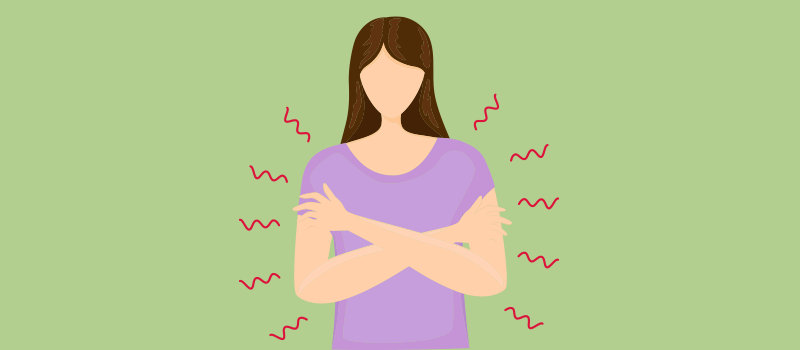
Fever and chills are common symptoms in a number of health conditions, most commonly when your body is fighting off an infection. Even as your internal body temperature rises, you can start to feel cold and shiver. This symptom is commonly called the “chills,” and it can make you quite uncomfortable.
Please continue reading to understand why chills occur with fever symptoms and what you can do to treat them at home. We will also discuss when to seek medical attention for fever and chills.
What is normal body temperature and what is fever?
The normal core temperature for humans is 97.5°F to 98.9°F (36.4°C to 37.2°C). It can fluctuate throughout the day and is generally lower in the mornings and rises slightly in the evenings. Fever is a body temperature of 100.4°F (38°C) or more.
What other symptoms occur with fever?
Accompanying symptoms with fever can include chills, hot and dry skin, flushed face, runny nose, sore throat, lack of appetite, headache, nausea, vomiting, diarrhea, constipation, low urine output, and muscle aches.
What are chills?
Chills are a sensation of being cold, even when you are not in a cold environment. They can occur with high fevers and cause shaking or shivering. Chills can be an odd sensation because your internal body temperature is higher than usual, and you are overheating and feeling cold at the same time. The chills can be constant, or they can occur periodically for several minutes to an hour at a time.
Body chills are more common in children than adults and can accompany flu symptoms and other infections. Chills commonly happen with urinary tract infections, strep throat, sinusitis, gastroenteritis, pneumonia, and meningitis.
What causes chills with fever?
Chills (shaking, shivering, and feeling cold) often accompany fevers because there’s a big difference between your internal and environmental body temperature. A high-grade fever makes the air around you feel cooler. In response to this, your muscles contract rapidly to produce more heat. This is what causes the shivering or shaking associated with chills. When your fever breaks, the high temperature comes down, your body stops producing heat, and the chills go away.
Are chills good when you have a fever?
Chills are the body’s natural response to bacterial and other infections. When you shiver due to fever and chills, it helps to raise your body temperature, which in turn helps the immune system to fight off viral and bacterial infections.
Do you have the chills with Covid?
Fever and chills can be symptoms of COVID-19. However, they are nonspecific and could be flu symptoms or symptoms of other viral infections. The only way to know for sure if you have COVID-19 is to get tested.
What is the home treatment for chills?
You can do several things to get relief from chills and stay comfortable.
- Wear light clothing and cover yourself with a light blanket. Avoid more clothes or heavy blankets as they can raise your body temperature even higher.
- Sponge your body with lukewarm water or take a cool shower. This reduces body temperature and helps brings down fever. Avoid cold water as it can trigger chills.
- Drink plenty of water and stay well hydrated.
- Get enough rest to help your body fight off the infection.
- Treat fever with over-the-counter (OTC) medications like aspirin, acetaminophen (Tylenol), or ibuprofen (Motrin, Advil).
When to see a doctor for fever and chills?
Whether you need to see a doctor for chills and fever depends on your symptoms. If your fever is 102 degrees F or less and you experience chills but don’t have any other serious symptoms, it is likely a minor illness. In this case, you can treat chills and fever at home. These symptoms are your body’s normal response to an infection. Drinking lots of fluids, getting rest, and taking over-the-counter fever-reducing medication are usually all that is needed in terms of treatment.
If, however, you have a high fever (more than 104 degrees F) and experience uncontrollable chills, you should seek care from a healthcare provider. Other signs and symptoms that require immediate medical attention include a fever that continues for more than a few days, stiff neck, severe headache, bad cough, shortness of breath, hallucinations, or fever-induced seizures in children.
References:
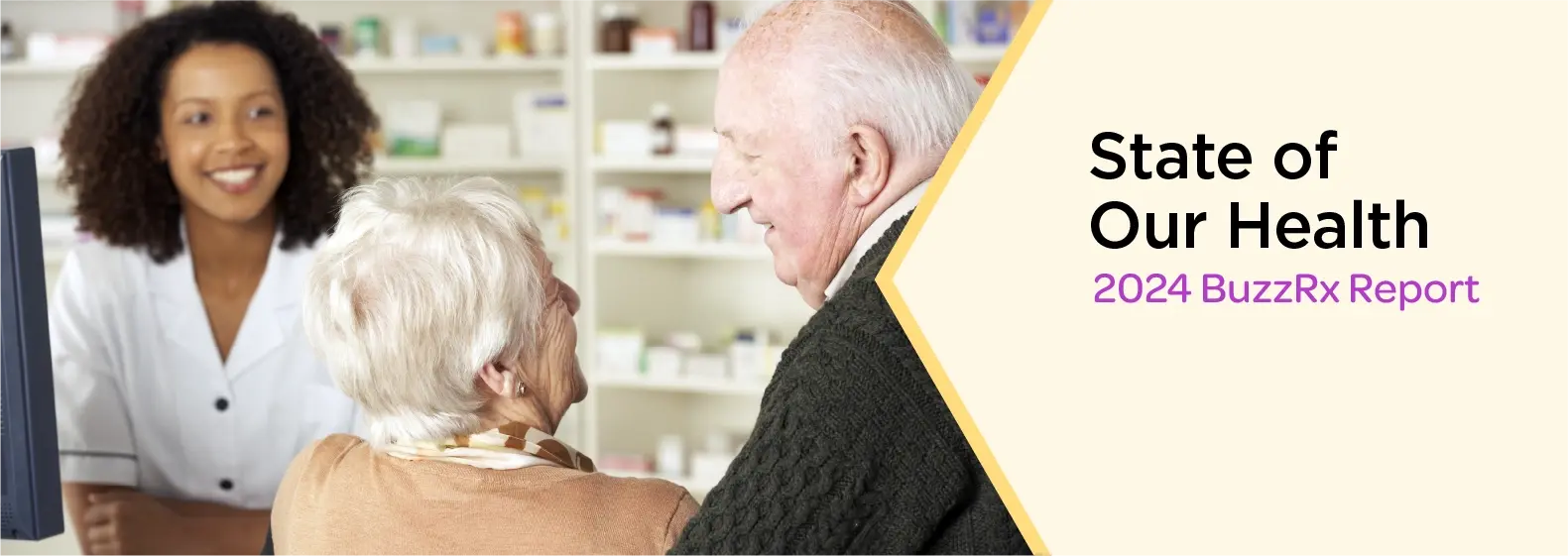
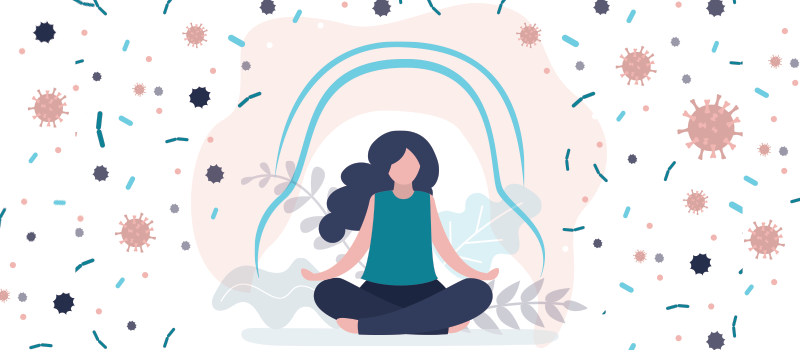






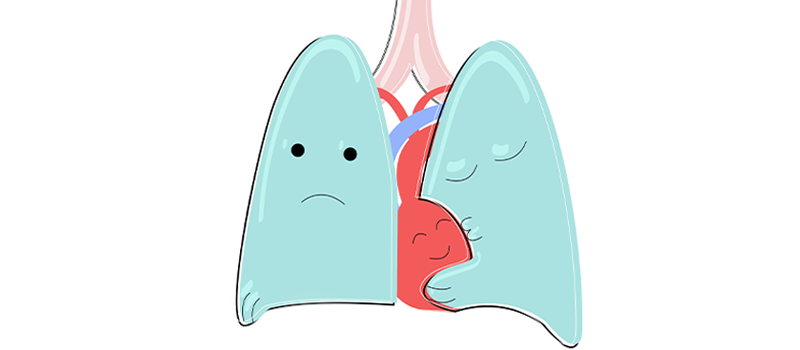
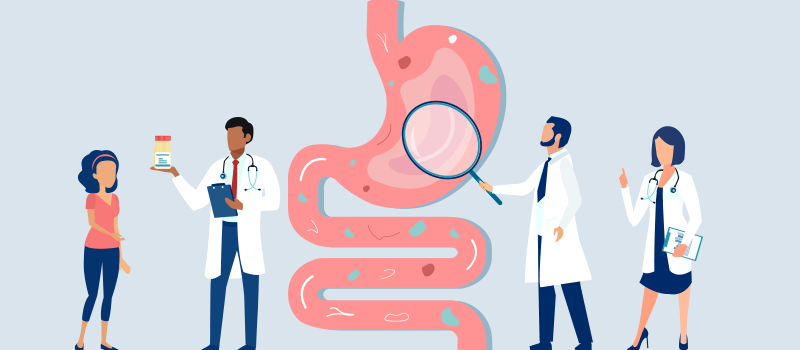

SOCIAL